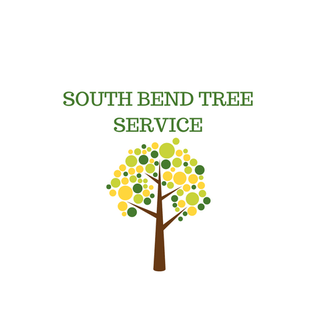Making sure the trees are healthy and happy on your land is essential for both safety and aesthetics. Recognizing signs that your trees may need professional attention is necessary to address issues before they escalate. In this guide, we’ll explore ten indicators that signal your trees require the expertise of an Emergency Tree Service.
Unusual Leaf Discoloration:
One clear sign that your trees need professional attention is the presence of unusual leaf discoloration. Changes in leaf color, such as yellowing, browning, or spotting, may indicate various issues, including nutrient deficiencies, pests, or diseases. Professional arborists can diagnose the specific problem and recommend appropriate treatments.
Visible Signs of Decay:
Visible indications of degradation, like fungus growth, potentially jeopardize a tree’s structural stability. Mushrooms developing around a tree’s base or on its trunk are indicators of decay. A professional tree service can assess the extent of the decay and determine if the tree poses a risk, necessitating removal or intervention.
Cracks or Cavities in the Trunk:
Cracks or cavities in a tree’s trunk can be signs of structural weaknesses. These vulnerabilities may result from storm damage, pests, or diseases. Professional arborists have the expertise to evaluate the severity of these issues and recommend appropriate measures to address them.
Leaning or Unstable Trees:
Trees leaning at an unusual angle or exhibiting signs of instability may pose a significant risk. This could be due to weakened roots, soil issues, or storm damage. Emergency tree services are equipped to assess the stability of leaning trees and take appropriate actions to mitigate potential hazards.
Excessive Dead Branches:
The presence of numerous dead branches within a tree can be indicative of underlying problems. Deadwood removal by a professional arborist is essential to enhance the tree’s health, safety, and overall appearance. Failure to address dead branches promptly can lead to further decay and potential hazards.
Abnormal Growth Patterns:
Unusual growth patterns, such as excessive leaning or abnormal branch development, may suggest issues with a tree’s structural integrity. Getting expert care can assist in determining the underlying problem of these abnormalities and implementing corrective measures to promote healthier growth.
Signs of Pests or Diseases:
Visible signs of pests, such as insect infestations or abnormal patterns on leaves, should prompt professional assessment. Similarly, symptoms of diseases, including wilting, cankers, or unusual lesions, warrant the expertise of an arborist to identify the specific problem and recommend appropriate treatments.
Root Issues:
Issues with a tree’s root system, such as visible decay, girdling roots, or soil compaction, can impact its stability and overall health. Arborists have the knowledge and tools to assess root health and implement measures to address underlying issues.
Sudden Changes in Tree Appearance:
Any sudden changes in a tree’s appearance, such as wilting, drooping, or loss of foliage, may signal an underlying problem requiring professional attention. Rapid changes in tree health often necessitate prompt assessment and intervention.
Proximity to Structures or Power Lines:
If a tree is in close proximity to structures or power lines, any signs of instability or decay should be addressed promptly. Professional tree services can implement measures to minimize risks and ensure the safety of nearby structures and utilities.
Recognizing signs that your trees need professional attention is essential to preserving a secure and prosperous landscape. Whether it’s addressing discoloration, signs of decay, or structural issues, seeking the expertise of an Emergency Tree Service ensures that potential hazards are identified and resolved in a timely manner. Regular professional assessments contribute to the longevity and health of your trees, promoting a safe and visually appealing environment.
